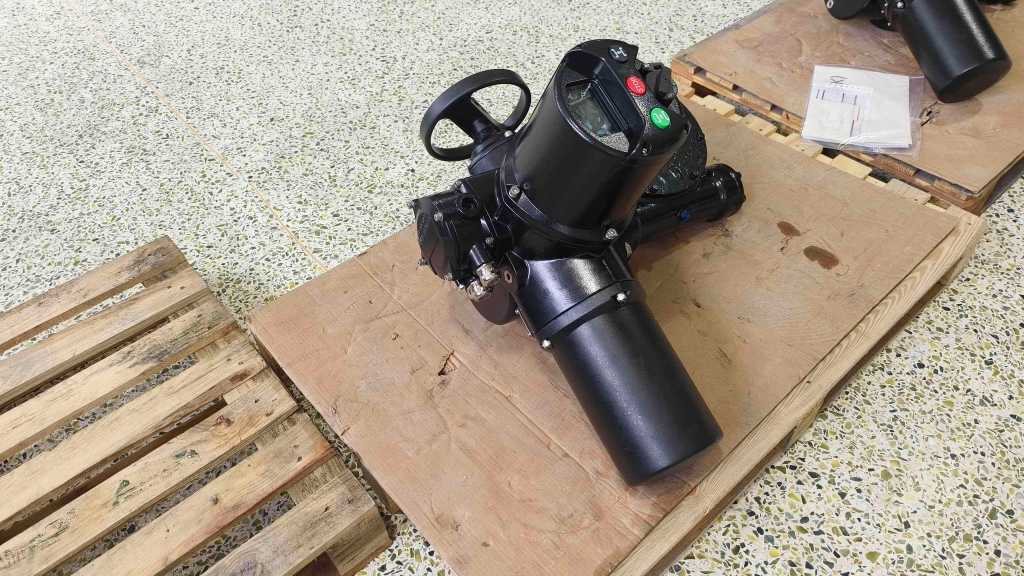
Intelligent Integrated Actuators (IIA) represent a revolutionary development in the field of automation and robotics. These advanced devices combine multiple functions into a single compact system, integrating sensors, actuators, and controllers to perform complex tasks with high efficiency. The fusion of intelligence and mechanical action allows IIAs to meet the growing demands for more adaptive, efficient, and precise systems across various industries. In this article, we will explore the features, advancements, and applications of intelligent integrated actuators, highlighting their potential in shaping the future of automation.

The Concept of Intelligent Integrated Actuators

At its core, an intelligent integrated actuator is a self-contained unit that includes not only the actuation mechanism but also embedded sensors and control algorithms. The key to its intelligence lies in its ability to process data and adapt to its environment in real-time. By incorporating sensors, such as position, force, or temperature sensors, these actuators can sense the operating conditions, adjust their actions accordingly, and maintain optimal performance without external intervention.

Unlike traditional actuators that typically rely on external control systems, intelligent integrated actuators are designed with a microcontroller or processor that manages both the sensing and actuation functions. This integration reduces the need for separate components and allows for faster and more accurate response times. The use of advanced algorithms enables these actuators to perform tasks with a high degree of precision, improving the overall system's performance.

Key Features of Intelligent Integrated Actuators

